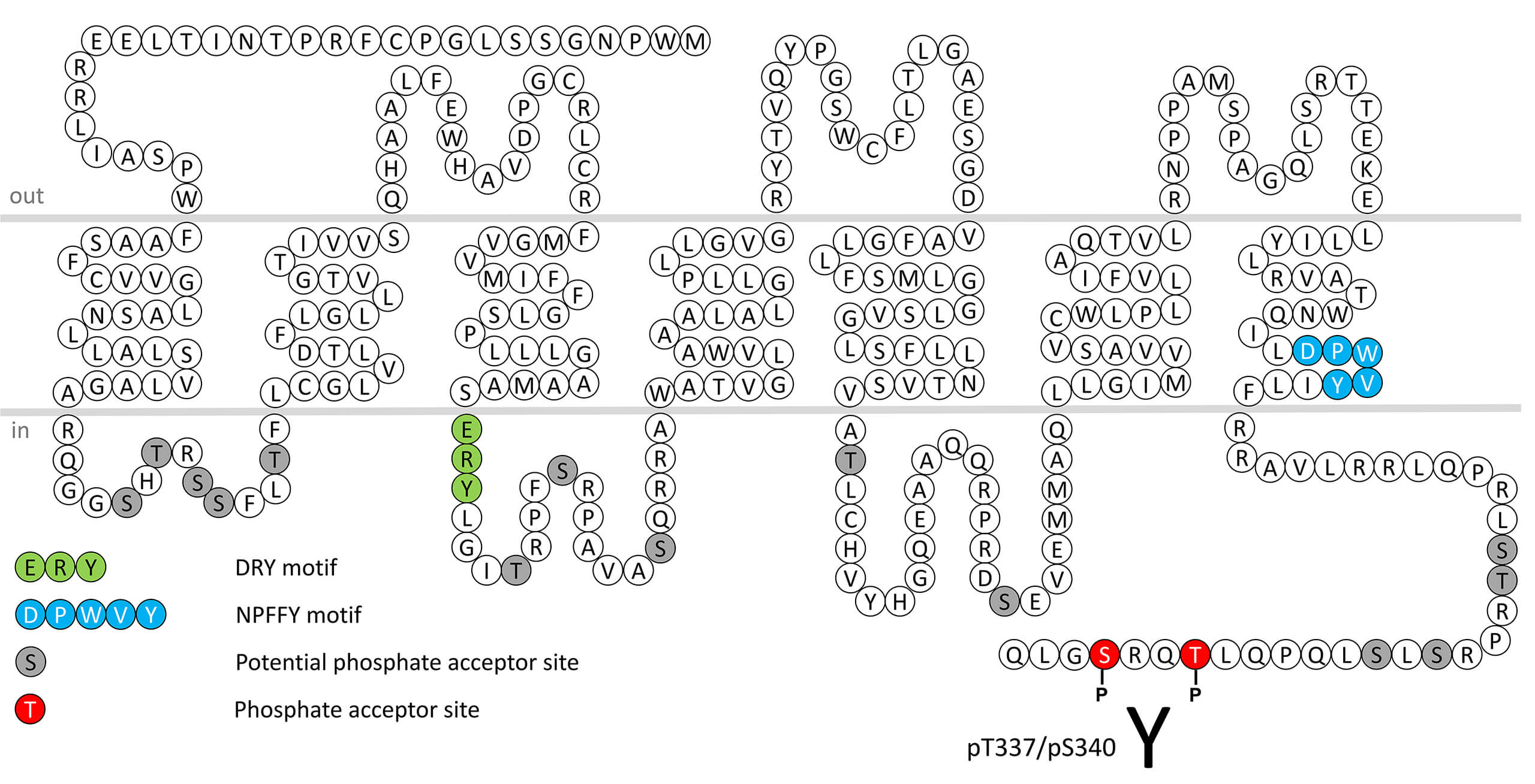TP Receptor Antibodies

The classical thromboxane A2 (TP) receptor is present in nearly all mammalian blood vessels, airways and blood platelets, where it mediates smooth muscle contraction and platelet aggregation. Signal transduction occurs via G proteins linking to stimulation of PI hydrolysis. Both PGH2 and TXA2 are potent agonists for the TP receptor, but are rarely used owing to the instability of their bicyclic ring systems. They are usually replaced by U-46619, which is a full agonist. There are many TP receptor antagonists. GR-32191 and SQ-29548 are in common use. TP receptors are regulated by phosphorylation of carboxyl-terminal threonine337/serine340 (pT337/pS340-TP). This nomenclature refers to the human IP receptor. For more information on prostanoid receptor pharmacology please refer to the IUPHAR database. For further reading refer to:
Coleman RA, Smith WL, Narumiya S. International Union of Pharmacology classification of prostanoid receptors: properties, distribution, and structure of the receptors and their subtypes. Pharmacol Rev. 1994 Jun;46(2):205-29. PMID: 7938166.
Woodward DF, Jones RL, Narumiya S. International Union of Basic and Clinical Pharmacology. LXXXIII: classification of prostanoid receptors, updating 15 years of progress. Pharmacol Rev. 2011 Sep;63(3):471-538. doi: 10.1124/pr.110.003517. PMID: 21752876.
 pT337/pS340-TP (phospho-TP Thromboxane Receptor...
pT337/pS340-TP (phospho-TP Thromboxane Receptor... 

